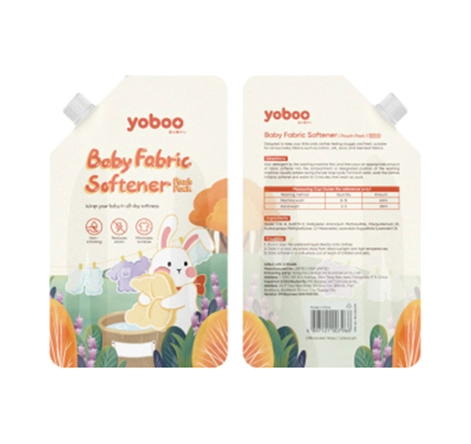In fact, many times, many people think that baby choking is a trivial matter, but this is not the case. Severe choking can even cause the death of the baby.
Milk choking is very common in the growth process of babies, so when mothers encounter a baby choking milk, they should take countermeasures according to the severity of the choking milk.
Ⅰ. Choking
Choking is a common phenomenon in babies, especially newborns. It usually manifests as frequent and severe irritating coughs after numb breastfeeding or anti-colic bottle feeding.
Subsequently, a large amount of milk is spit out. Severe choking of milk will choke the milk or milk block into the trachea, block the airway, affect the gas exchange, and cause severe hypoxia and lead to suffocation.
Ⅱ. How to deal with the baby choking milk?
1. Postural drainage
If the baby is choking after eating, the baby should be placed on the side or lying face to one side to prevent the milk from flowing into the trachea.
If choking occurs immediately after breastfeeding, first tilt the child's upper body forward 45-60 degrees, and then take a prone position on the parent's leg to facilitate the flow of milk from the trachea.
2. Remove oral foreign bodies
The automatic breast pump can be used to suck out foreign bodies in the oral cavity. The specific operations are as follows. Insert the automatic breast pump hose into the throat to suck out the milk and vomit;
If there is no breast pump, manual methods can also be used, that is, the fingers are wrapped with gauze and inserted into the baby's throat to suck out the milk, which can avoid the danger of the milk choking into the trachea for the second time. (Warm reminder: Professionals are required to operate)
3. Stimulate the baby to cry
Some babies may be relatively quiet when they are choking on milk. In this case, it is recommended that mothers pat the baby's back and soles, or even pinch or pull the baby properly. The baby's crying in pain will help to remove the milk in the trachea and keep breathing smoothly.
Warm reminder: Do not hold your baby upright when choking on milk!
Ⅲ. Breastfeeding tips to prevent the baby from choking
1. Take the correct feeding position: the breastfeeding baby should lie reclining in the mother's arms, do not lie on the bed to feed, and the artificial feeding baby should not lie flat when feeding to prevent inhalation of air.
2. Choose the right time for breastfeeding: don't feed when the baby is crying or laughing; don't wait until the baby is very hungry before feeding, the baby eats too quickly and easily choke; the baby should not be forced to feed when he is full.
3. Control the breastfeeding speed: mothers should pay attention to the speed and amount of breastfeeding when breastfeeding the baby. If the mother has a lot of milk, you can use your fingers to clamp the breast or nipple to control the speed of breastfeeding. The baby should take about 20 minutes to feed at a time.
4. Pay attention to observation: the mother's breasts should not block the baby's nostrils. Be sure to observe the baby's face and expression while feeding. If your baby has milk spilling from the corners of his mouth or if the area around his mouth and nose turns blue, stop feeding immediately.
5. Burp the baby after feeding: the mother holds the baby upright on her shoulder after feeding, and pats the baby's back to let the air swallowed during feeding out. It is best to hear the burp, and then put the baby in bed.
Baby choking is a common thing, parents should pay attention and must not be careless. The baby must remain calm and deal with it in time to avoid harm to the baby.












